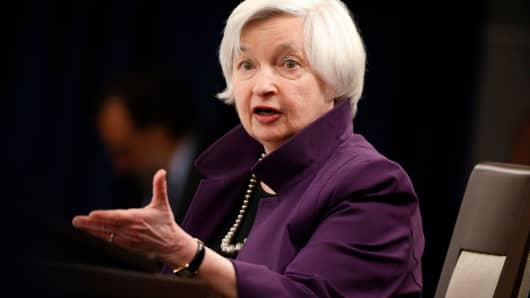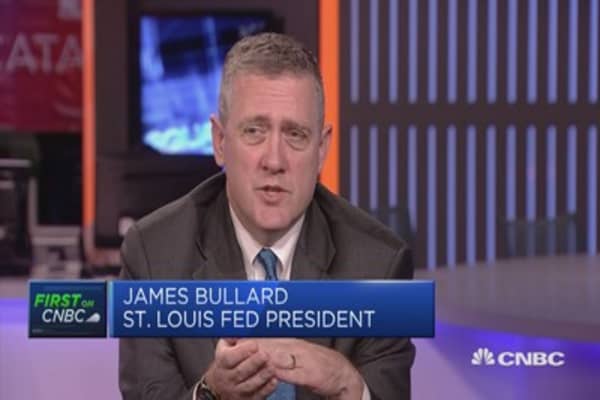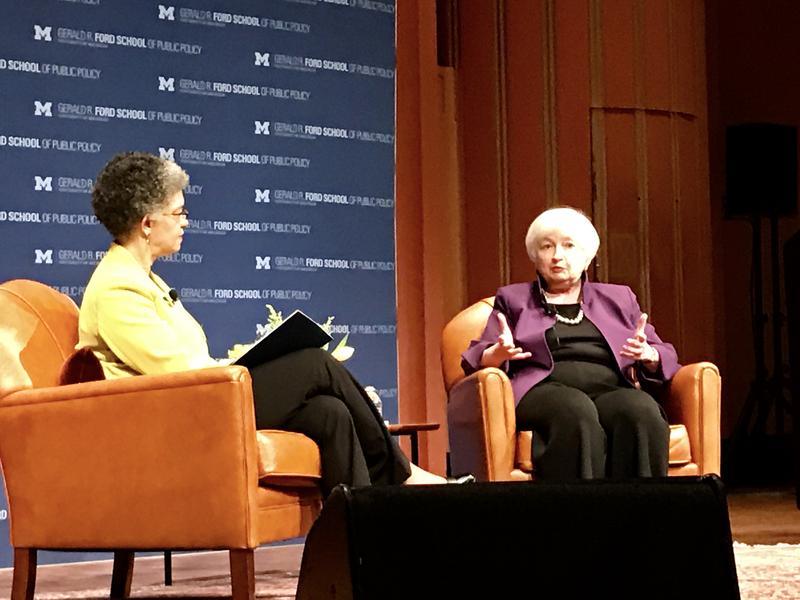- Total mortgage applications rose 4.7 percent last week.
- The Mortgage Bankers Association's report showed a 9 percent weekly jump in applications to refinance.
Interest rates on home loans are now significantly
lower than a year ago, and that may be bringing more homeowners back to
their lenders to refinance.
Total mortgage applications rose 4.7 percent last week from the previous week.
The increase in the Mortgage Bankers Association's seasonally adjusted report was largely due to a 9 percent weekly jump in applications to refinance. Lenders suddenly have a strong sales pitch, now that rates are significantly lower than they were a year ago.
Rates jumped dramatically following the presidential election and remained higher for much of the past year, until now. Refinances are now down just 10 percent from a year ago because volume dropped by half for much of last year.
The average contract interest rate for 30-year fixed-rate mortgages with conforming loan balances of $424,100 or less decreased to 4.19 percent from 4.20 percent, with points increasing to 0.40 from 0.34, including the origination fee, for 80 percent loan-to-value ratio loans. The rate stood at 4.27 percent one year ago.
"The refinance share is at its highest level since September," said Mike Fratantoni, chief economist at the MBA. "Purchase volume continues to be supported by a strengthening job market."
Mortgage applications to purchase a home increased 2 percent for the week and are now 8 percent higher than a year ago. While buyer demand remains strong, the supply of affordable homes for sale is not, and that is holding back a more robust market for purchase loans.
Mortgage rates have not been moving much for the past two months, but they are now becoming slightly more volatile. The Republican tax plan, nearing a final form and vote in Congress, could cause a reaction in rates. Industry watchers expect rates to move higher in 2018, although that was the expectation in 2017, and they are now lower.
By Robert Bobby Darvish Platinum Lending Solutions Orange County
Total mortgage applications rose 4.7 percent last week from the previous week.
The increase in the Mortgage Bankers Association's seasonally adjusted report was largely due to a 9 percent weekly jump in applications to refinance. Lenders suddenly have a strong sales pitch, now that rates are significantly lower than they were a year ago.
Rates jumped dramatically following the presidential election and remained higher for much of the past year, until now. Refinances are now down just 10 percent from a year ago because volume dropped by half for much of last year.
The average contract interest rate for 30-year fixed-rate mortgages with conforming loan balances of $424,100 or less decreased to 4.19 percent from 4.20 percent, with points increasing to 0.40 from 0.34, including the origination fee, for 80 percent loan-to-value ratio loans. The rate stood at 4.27 percent one year ago.
"The refinance share is at its highest level since September," said Mike Fratantoni, chief economist at the MBA. "Purchase volume continues to be supported by a strengthening job market."
Mortgage applications to purchase a home increased 2 percent for the week and are now 8 percent higher than a year ago. While buyer demand remains strong, the supply of affordable homes for sale is not, and that is holding back a more robust market for purchase loans.
Mortgage rates have not been moving much for the past two months, but they are now becoming slightly more volatile. The Republican tax plan, nearing a final form and vote in Congress, could cause a reaction in rates. Industry watchers expect rates to move higher in 2018, although that was the expectation in 2017, and they are now lower.
By Robert Bobby Darvish Platinum Lending Solutions Orange County











